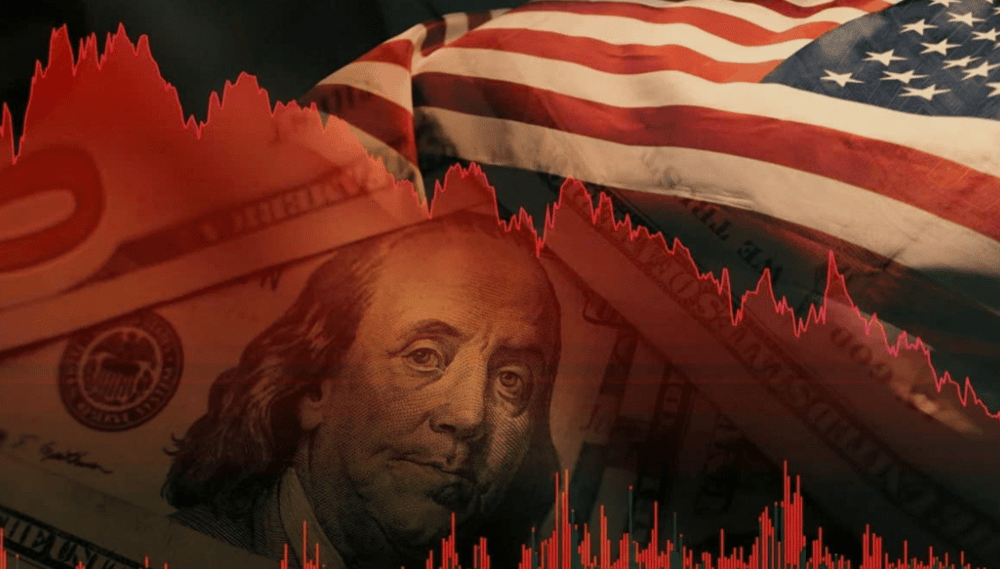Apple Shares Drop, Dollar Weakens as Trump’s Tariff Threats Shake Global Markets
Markets faced renewed volatility on Friday as former U.S. President Donald Trump reentered the economic spotlight with sharp rhetoric targeting international trade. Proposing 50% tariffs on European Union imports effective June 1 and threatening 25% levies on Apple iPhones manufactured outside the United States, Trump reignited concerns over protectionist policies that had once defined his administration.
The result was a synchronized dip across major financial indicators. Apple Inc. $AAPL saw its shares fall by 3%, while all three key U.S. stock indexes declined during the session. Although the benchmarks stopped short of reaching their intraday lows, the broader mood remained cautious.
Breaking the Balance: Market Reaction in Motion
Trump’s comments had an immediate and measurable impact on both equities and foreign exchange markets. With tech stocks particularly vulnerable to global supply chain disruptions, Apple’s drop led sector losses. Meanwhile, investors shifted away from riskier assets, weakening the U.S. dollar.

The most significant developments included:
Apple Shares Slide – A 3% decline marked one of the sharpest single-day losses for Apple this quarter.
Broad Index Pullback – Major U.S. benchmarks, including the S&P 500 and Nasdaq Composite, closed lower.
Dollar Index Tumbles – The DXY fell to a three-week low, registering a 1.9% weekly loss—its steepest since early April.
Forex Reactions – The dollar dropped 1% against the Japanese yen and ceded 0.8% to the euro.
European Equities Follow Suit – EU markets mirrored Wall Street’s unease, finishing the day in the red.
Currents Beneath the Surface
Although the headlines focused on tariffs, several deeper market themes were at play:
Tech Supply Chain Sensitivity: Apple’s international manufacturing footprint makes it uniquely exposed to geopolitical disruptions.
Currency Realignment: A weaker dollar may support U.S. exporters but also signals fading investor confidence in near-term economic stability.
EU-U.S. Trade Friction: Renewed tariff threats signal potential turbulence ahead for transatlantic economic relations.
Safe-Haven Shifts: The yen’s gain reflects a return to traditional low-risk assets amid market uncertainty.
Macro Policy Implications: These moves may complicate the Federal Reserve’s outlook as it balances inflation, growth, and external shocks.

Volatility in Focus
Apple stock drops 3% on tariff threat
Major U.S. indexes end lower, avoid session lows
Dollar index hits three-week low, down 1.9% for the week
Euro strengthens 0.8% vs USD; yen gains 1%
European shares decline in tandem with Wall Street
Trends Worth Watching in the Coming Weeks
Potential EU response to proposed U.S. tariffs
Apple’s supply chain adjustments or legal countermeasures
Federal Reserve commentary on currency and trade policy
Shifts in ETF flows tied to tech and currency exposures
Broadening trade rhetoric ahead of upcoming U.S. elections
Conclusion
Donald Trump’s latest trade warnings have once again tested the resilience of global financial markets. With Apple shares tumbling and the U.S. dollar losing ground, the interplay between political discourse and investor sentiment remains as critical as ever. As equity and forex markets recalibrate, the coming weeks will be pivotal in determining whether these moves signal a short-lived reaction or a broader market inflection point.















Comments